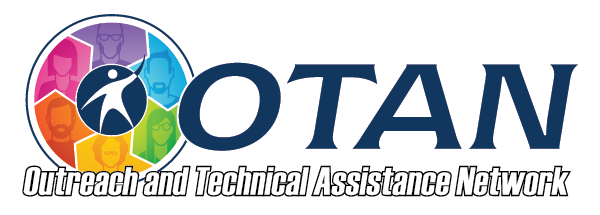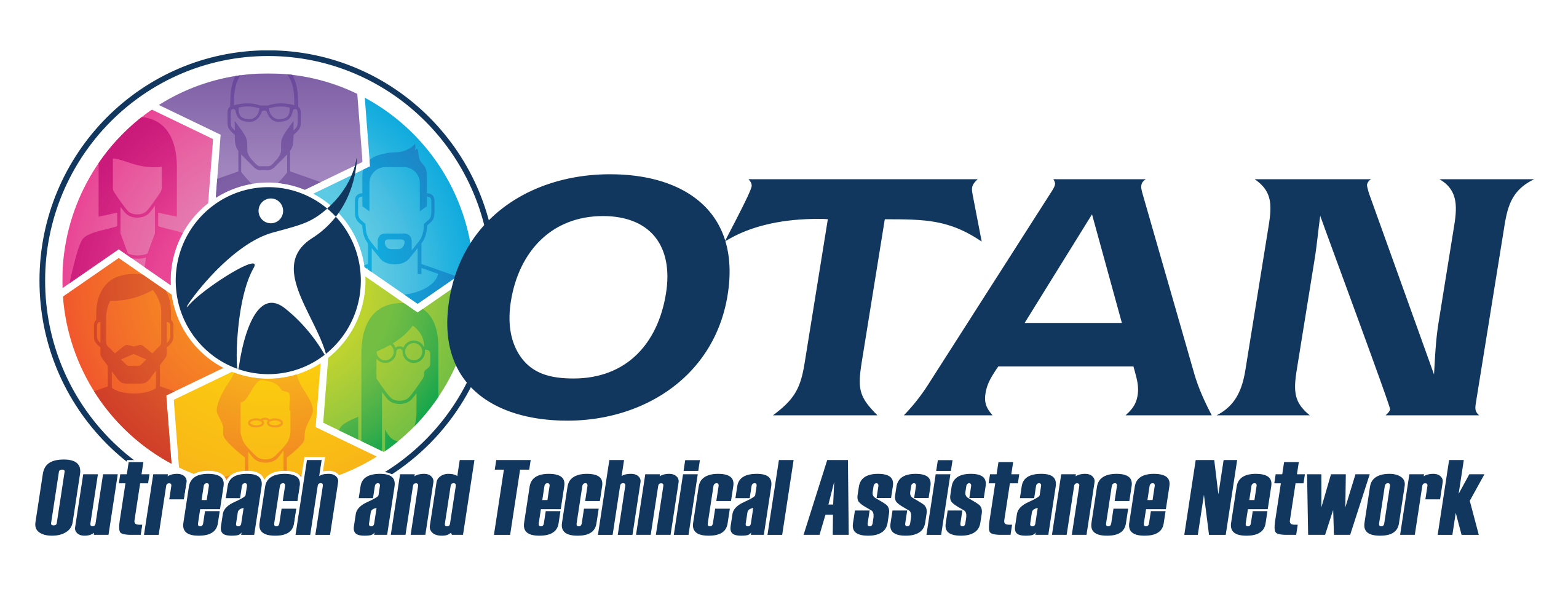Top Story...
Upcoming OTAN Activities - Week of January 5
Posted on 01/05/2026

🎊Welcome to 2026!🎊
The OTAN staff wishes our entire community a joyful and prosperous New Year. We are back in the office and ready to dive into a new season of learning and growth with you. Here’s to a fantastic year ahead!
This Week’s Upcoming Activities
Friday, January 9, 1:00 - 2:00 pm | OTAN Tech Talk January 2026: Integrating Digital Literacy into Adult Citizenship Education | Jennifer Gagliardi, OTAN Subject Matter Expert | This one-hour webinar explores how digital literacy supports every stage of a Citizenship Preparation course. Participants will learn how to integrate updated civic content while helping students master the digital literacy skills needed to succeed on the path to U.S. citizenship and in daily life.
Saturday, January 10, 9:00 - 10:30 am | Updating & Creating Course Content for the new Semester | Dana Thompson, OTAN Subject Matter Expert | Learn best practices for starting the new semester with Canvas! This session covers efficient content copying from current courses to new shells, updating existing materials and resources, and creating engaging new course content to ensure a seamless experience for you and your students.
Coming soon!
Saturday, January 17, 9:00 - 10:00 am | Curious about Google’s new NotebookLM but not sure where to start? | Farzana Cassim, OTAN Subject Matter Expert | This beginner-friendly demo introduces how this AI tool can read your own documents and help summarize, organize, and explain information. You’ll see how teachers, administrators, and support staff can use it to make sense of lesson plans, reports, and meeting notes—all without complex setup. Perfect for anyone ready to explore AI but unsure where to begin.
Thursday, January 22, 2:30 - 3:30 pm | Northstar Digital Literacy User Group | Anthony Burik, OTAN Coordinator | Join this user-driven group of adult educators using Northstar Digital Literacy at their agencies. Some possibilities for regular meeting topics: hear about the different ways educators are using Northstar, share best practices and things that work, address and get advice on concerns and challenges, and exchange tips and ideas. Let’s discuss using Northstar for the benefit of our students, staff, and communities!
Saturday, January 24, 9:00 - 10:30 am | What’s New in Canvas LMS? | Dana Thompson, OTAN Subject Matter Expert | Stay current with the latest updates in Canvas LMS! This session highlights new features, enhancements, and upcoming tools designed to improve teaching, learning, and course management. Explore recent changes to the Gradebook, New Quizzes, SpeedGrader, mobile interface, and accessibility tools. We’ll also preview feature options that can be enabled at the course or admin level and provide tips for integrating new functionality into your existing course workflows.
March 6-7, 2026 | Technology and Digital Learning symposium (TDLS) 2026 | A hybrid conference at the Monterey Adult School! The Technology and Digital Learning Symposium, hosted by OTAN, is an annual hybrid conference featuring engaging, interactive presentations and vibrant discussions. This event is designed to demonstrate effective ways of incorporating technology to enrich the learning experience, expand educational reach through a combination of in-person and online learning, and improve the overall efficiency and effectiveness of adult education programs. Register now!














